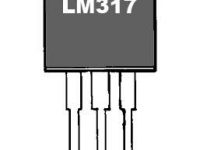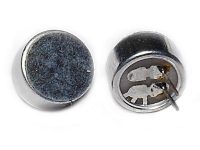Single Atom Transistor
 Australian and American physicists had developed a Single Atom Transistor, composed of an atom of phosphorous-31 isotope. They had demonstrated a working transistor composed of a single atom, which is about 100 times smaller than the 22 nanometer cutting edge transistor fabricated by Intel. This will be big strike towards the next generation computing. The researchers’s uses a combination of Scanning Tunneling Microscopy (STM) and Hydrogen-resist Lithography to place single phosphorus dopant atom on the base of Silicon with a accuracy of of one lattice site. It also have gates to control electrical flow and metallic contacts. Researchers says that, the Silicon technology is approaching a scale which both the number and location of individual dopant atoms with in the device determine its characteristics and variability of performance due to statistical nature of dopant placement. These will expose a limit on scaling due to physical limitations of Lithography etc. Thus the controlling of precise dopant position and the study of how this affects the device behaviour is important.
Australian and American physicists had developed a Single Atom Transistor, composed of an atom of phosphorous-31 isotope. They had demonstrated a working transistor composed of a single atom, which is about 100 times smaller than the 22 nanometer cutting edge transistor fabricated by Intel. This will be big strike towards the next generation computing. The researchers’s uses a combination of Scanning Tunneling Microscopy (STM) and Hydrogen-resist Lithography to place single phosphorus dopant atom on the base of Silicon with a accuracy of of one lattice site. It also have gates to control electrical flow and metallic contacts. Researchers says that, the Silicon technology is approaching a scale which both the number and location of individual dopant atoms with in the device determine its characteristics and variability of performance due to statistical nature of dopant placement. These will expose a limit on scaling due to physical limitations of Lithography etc. Thus the controlling of precise dopant position and the study of how this affects the device behaviour is important.
[youtube video_id=”ue4z9lB5ZHg” width=”880″ height=”495″]
To read more about the chemistry of Single Atom Transistor go to this link.
We can hope that this development will hold Moore’s low safe for a decade. The law associated with Intel’s co-founder Gordon Moore predicts the steady rate of increasing density of transistors in silicon based devices increases over a time. This law had been satisfied till now, but the series question is that can Moore’s law hold good for a long time as the size of transistors approaches to atomic sizes. The new development will keep the Moore’s law upright through 2020 and beyond.










